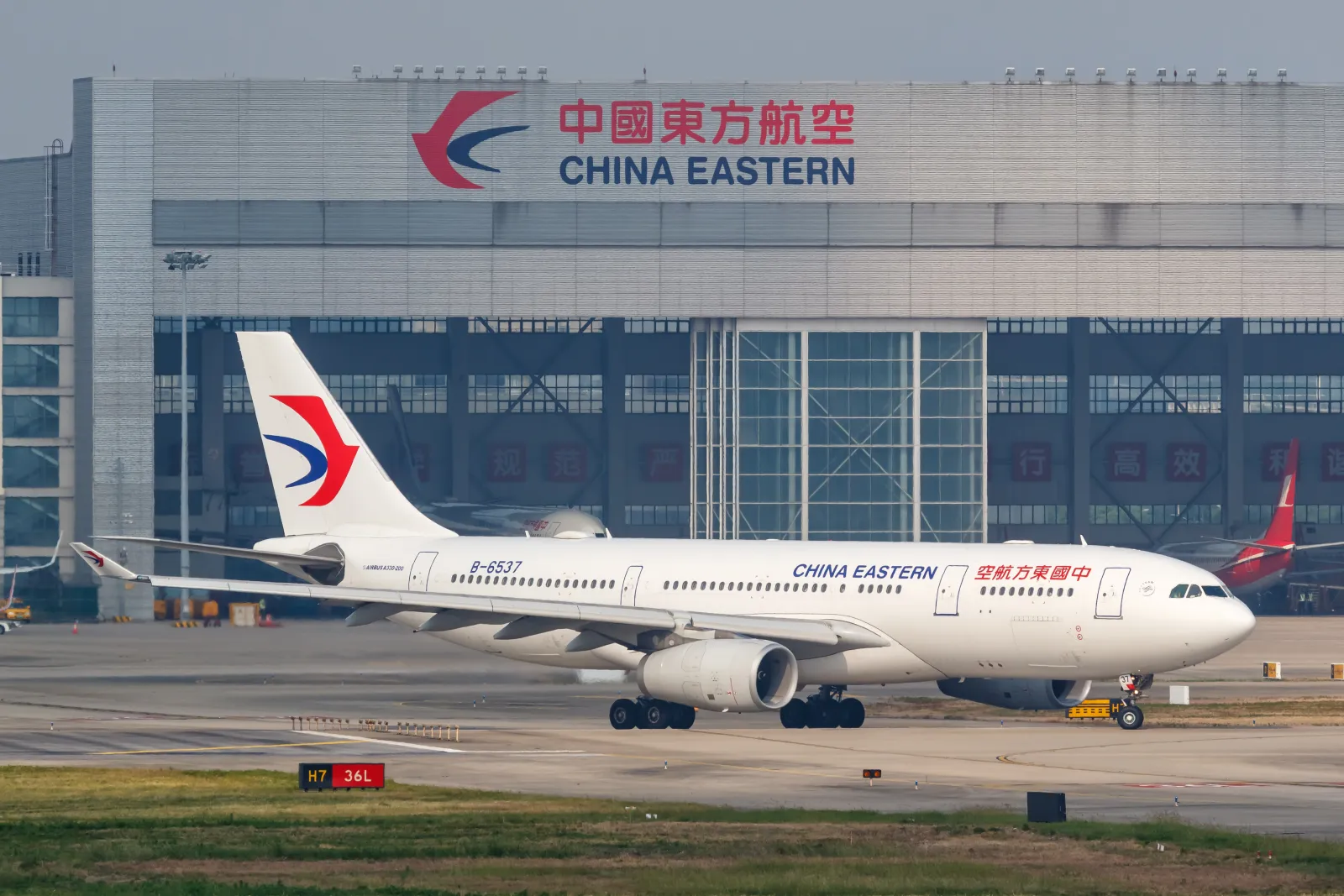How Turkish Airlines Pegasus Exit Tel Aviv Changes Your Travel Options
The recent departure of Pegasus Airlines from the Tel Aviv route marks a notable change for passengers connecting through Istanbul. For many who relied on this option to transit Turkey's main aviation gateway, the way forward for planning trips is now different.
Based on observations gathered by June of 2025, the departure of both Turkish Airlines and Pegasus from the routes connecting to Tel Aviv certainly redirected passenger traffic patterns. A noticeable portion of travelers who previously relied on Istanbul as a connection point for journeys involving Tel Aviv were found to have migrated towards leveraging alternative transit hubs in the region, including Athens, Amman, or various airports in the Gulf states. This rerouting effectively siphoned off a specific, identifiable stream of transfer passengers that previously flowed through Istanbul Airport.
Examining the pricing dynamics for airfares on routes utilizing Istanbul for connections between *other* origins and destinations, distinct from those involving Tel Aviv, reveals an interesting lack of significant, direct impact. By mid-2025, fares on these unaffected routes exhibited minimal price shifts solely attributable to the Tel Aviv service cessation. It appears the sheer volume and inherent diversity of the remaining transfer traffic traversing Istanbul was robust enough to absorb the loss of this specific market segment without fundamentally altering the overall pricing structures for the vast majority of connecting routes.
Where the change created the most apparent friction and logistical challenges was for passengers needing connectivity between Tel Aviv and rather specific, often less frequently served destinations. Travelers heading to certain niche markets, particularly in Central Asia or specific parts of Africa, where Istanbul frequently served as the most convenient and sometimes sole viable one-stop connection, faced considerably increased complexity in constructing alternative itineraries. These unique city pairs demonstrably exhibited the highest degree of reliance on the Istanbul hub framework.
From an airline network management perspective, by June 2025, both carriers involved – Turkish Airlines and Pegasus – had largely completed the process of reallocating the aircraft capacity that was previously deployed on the Tel Aviv routes. This capacity wasn't left idle; it was strategically redeployed to bolster frequencies on existing popular routes or to initiate services to entirely new destinations across their extensive networks. This strategic capacity reallocation was instrumental in the airlines maintaining their overall network depth and connectivity offerings radiating from Istanbul.
Ultimately, despite the removal of the Tel Aviv segment from its traffic flow, Istanbul Airport managed to firmly retain its position as one of the world's leading mega-hubs by the middle of 2025. The airport's immense scale, coupled with the sheer breadth and diversity of its myriad other routes and ongoing transfer streams, proved to be remarkably resilient against the impact of losing just this specific market. The system's inherent capacity and widespread connections simply overshadowed the absence.
What else is in this post?
Understanding the precise scale of the capacity void left by Turkish Airlines and Pegasus exiting the Tel Aviv route is challenging, particularly when viewed against the backdrop of both carriers' substantial overall growth and network expansion efforts reported in 2024 and extending into 2025. While their departure undeniably removed a significant number of seats and connection options on that specific city pair, the airlines were also actively expanding their fleets and adding capacity elsewhere in their networks. Pinpointing the exact long-term impact of this single route closure on their vast systems, or quantifying it purely as a "gap" independent of their wider strategies, becomes less straightforward. It seems the airlines prioritized reabsorbing and redeploying the aircraft into routes where demand remained strong or growth opportunities were being pursued, making the Tel Aviv exit look less like a system-wide setback and more like a strategic shift for that particular market.
Considering the scale of operations at a global air transport hub, quantifying the actual capacity withdrawn requires looking at system metrics. The total seat capacity removed from the Tel Aviv routes by Turkish Airlines and Pegasus represented a very small fraction, specifically less than 1.5%, of the average daily international seat volume processed by Istanbul Airport during the first half of 2025. This puts the specific route closure into perspective against the hub's overall immense scale.
Analysing the redistribution of aircraft resources, estimates suggest roughly 65% of the seat capacity previously flying to Tel Aviv was strategically reassigned to boost frequencies on established, high-volume routes linking Istanbul to various points in Europe and the Middle East. This targeted deployment seems aimed at optimizing network efficiency by reinforcing existing demand streams.
From a passenger flow perspective, historical data implies the exit removed an estimated annual movement of over 800,000 travellers who had utilized the Tel Aviv-Istanbul connection for either direct journeys or onward connections. This figure provides a tangible measure of the specific passenger traffic segment that needed alternative arrangements.
Despite this withdrawal by significant operators, Tel Aviv Ben Gurion Airport itself retained direct air connectivity to more than four dozen countries through other airlines by mid-2025. This indicates the primary impact was on the Istanbul specific link for Tel Aviv, rather than fundamentally isolating the city from global air traffic networks.
It's also worth noting, from a purely quantitative standpoint, that the total capacity reduction stemming from the Tel Aviv route closures was, perhaps counterintuitively, numerically smaller than the routine seasonal capacity adjustments that are typical at Istanbul Airport to align flight schedules with predictable dips in demand, such as during the winter months. This underscores the standard level of flux a mega-hub navigates.
The withdrawal of major players like Turkish Airlines and Pegasus from the Tel Aviv market necessitates a fundamental rethink for many travelers regarding transit options. With the previously popular Istanbul gateway effectively closed off for this traffic stream, seeking alternative connections is no longer just an option, but a necessity. This rerouting introduces new dynamics into other markets. As travellers now primarily look towards different regional airports – think Athens, Amman, or hubs in the Gulf – these locations are experiencing a significant influx of new potential connecting traffic. This sudden demand shift could, in theory, spark fresh competitive pressures on routes serving Tel Aviv via these points, potentially influencing pricing over time, although how sustainably this will play out remains to be seen. Navigating this altered network map requires travelers to broaden their search beyond familiar patterns, comparing connections and prices across a wider array of possibilities to find workable itineraries.
Examining how travel patterns adapted after the network changes reveals specific shifts in passenger behavior and airline network responses from Tel Aviv.
Analysis of airport data, notably at Athens Eleftherios Venizelos Airport, indicates a significant absorption of transit traffic; records by June 2025 showed a distinct rise in passengers connecting from Tel Aviv, suggesting this hub became a primary alternative flow path in the region.
Geometrically, attempting to route eastbound from Tel Aviv to destinations in Asia without traversing the Istanbul gateway often results in considerably longer flight distances and less direct trajectories across the network, posing a tangible inefficiency compared to previous options.
Observation of airline scheduling by mid-2025 shows carriers operating from neighboring hubs like Amman and Cairo made tactical adjustments, enhancing connectivity specifically towards city pairs in Central Asia that were heavily reliant on one-stop service previously provided through Istanbul from Tel Aviv.
A recurring workaround observed among travelers is the construction of complex, multi-segment itineraries involving separate tickets and multiple airline operators across different connection points, essentially attempting to manually piece together a functional route that mimics the former one-stop convenience.
Concurrently, major European network carriers responded by demonstrably increasing operational frequencies on existing direct services between Tel Aviv and their main hub airports, effectively bolstering capacity and providing more structured connection opportunities into their established global networks as an alternative.
The official withdrawal of Turkish Airlines and Pegasus from Tel Aviv's Ben Gurion Airport removes significant capacity and, crucially, releases valuable operating slots. This situation inherently creates opportunities for other airlines serving the market or operating within competing regional spheres. Carriers already flying to Tel Aviv, such as El Al, Israir, and Corendon, are now uniquely positioned to capture a substantial share of the passenger traffic previously handled by the departed Turkish carriers, especially those who used Istanbul for onward connections. Similarly, airlines operating from alternative hubs like Athens or Amman find themselves in a more competitive stance to attract these travelers. While this shift in market dynamics might intensify competition among the remaining players, potentially creating pressure on fares, the true test for these airlines will be whether they can absorb this influx of passengers efficiently while maintaining a consistent level of service. It poses a real question about their ability to scale effectively and prevent new travel complexities.
Analysing the market shifts through June 2025 reveals several carriers effectively stepped in to capture passenger flows displaced by the change. The redistribution wasn't uniform; different airlines seemingly absorbed different segments.
Certain carriers operating out of major Gulf hubs appear to have seen a tangible increase in traffic originating from Tel Aviv, particularly for onward connections heading eastward into regions like Central and South Asia. These passenger flows represent a clear redirection from the routes previously dominated by Istanbul.
Established network airlines based in Europe, offering direct flights from Tel Aviv to their primary continental hubs, observed measurably higher passenger volumes and improved operational performance on these specific services. This indicates they successfully absorbed a portion of the market seeking structured, one-stop connections within broader global networks.
Within the segment of travelers prioritizing lower fares, specific ultra-low-cost operators seem to have acquired market share previously served by the departing low-cost carrier. Their alternative routing options, often involving transit through various secondary hubs, provided a viable, albeit different, solution for budget-conscious passengers.
The Greek national carrier, utilizing its base in Athens – a point previously identified as absorbing significant traffic – registered a particularly notable increase in passengers travelling from Tel Aviv and connecting via its network. This further solidified Athens' position as a significant regional gateway.
Furthermore, airlines providing connectivity to destinations that historically relied heavily on a single connection point via Istanbul, specifically city pairs in areas like the Caucasus (e.g., Tbilisi, Baku) or Eastern Europe, and which offered routings through alternative hubs, experienced a discernible increase in their market share from the Tel Aviv origin. This suggests travelers proactively sought out these less conventional transit points.
Following the period where Turkish Airlines and Pegasus were absent from Tel Aviv, prompting travelers to seek alternatives and shift traffic to other regional hubs like Athens and Amman, the picture regarding future flight availability and pricing is showing signs of potentially changing once again. Recent indications emerging in June 2025 suggest that Turkish Airlines, at least, is exploring the possibility of resuming service to Tel Aviv. Should this materialize, even on a limited scale initially, it would fundamentally alter the dynamics that took hold during their absence and introduce new possibilities, as well as complexities, for how routes and fares might develop from here.
Examining the operational consequences, several shifts in how flight availability and fares manifest have become evident since the network adjustments solidified.
Observable patterns indicate a distinct increase in dynamic pricing volatility across numerous connecting itineraries. This heightened fluctuation suggests airline revenue management systems are actively working to adapt to the suddenly reconfigured demand flow through alternative transit points, leading to less predictable pricing.
Analysis points to subtle but noticeable alterations in ancillary service pricing, particularly for checked baggage allowances on routes now absorbing traffic previously routed via Istanbul. Airlines appear to be leveraging these add-ons as a point of competitive adjustment or potentially as a means to mitigate yield pressure on core fares.
Evidence from scheduling data highlights certain carriers operating from alternative hubs responding to the influx of passengers by strategically deploying larger aircraft, particularly on flights connecting to Tel Aviv. This tactical equipment swap demonstrably increases seat availability during peak periods on these specific routes, addressing the capacity void directly.
A clear premium has emerged within the market for alternative one-stop connections that closely replicate the relative efficiency once provided by transiting through Istanbul for certain city pairs. This pricing signal indicates the value passengers place on minimizing travel complexity and duration, despite the absence of the former direct option.
Evaluation of recent booking trends suggests that securing cost-effective flight options for travel within a short timeframe (e.g., seven days prior) has become notably more challenging for niche destination pairs that historically relied on a single, efficient connection via Istanbul. The altered network landscape appears to constrain last-minute flexibility and affordability for these specific markets.














